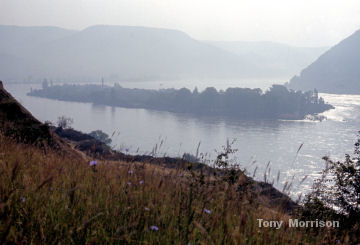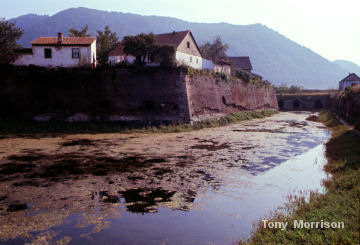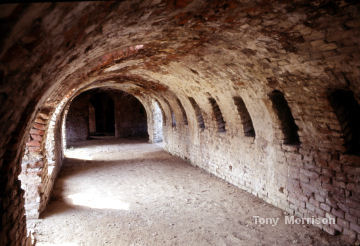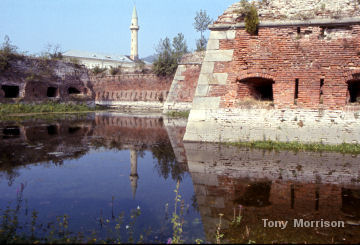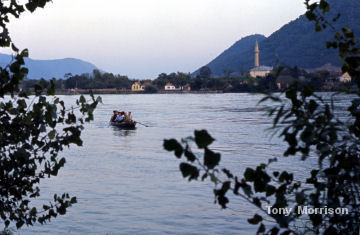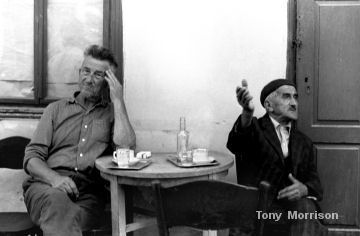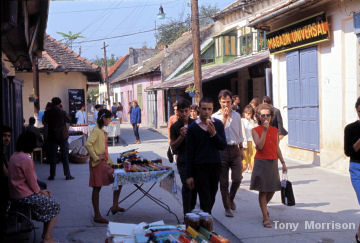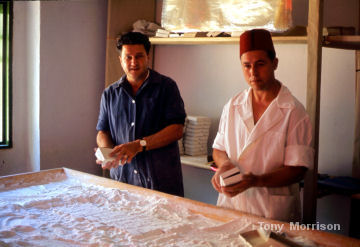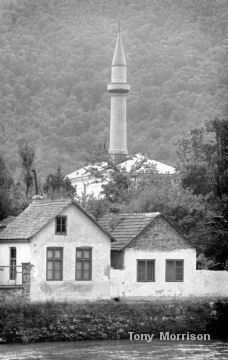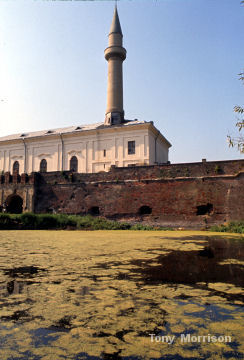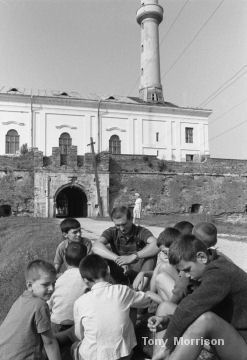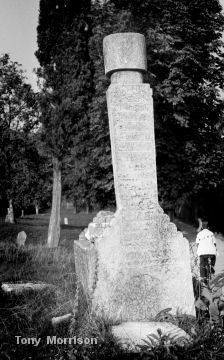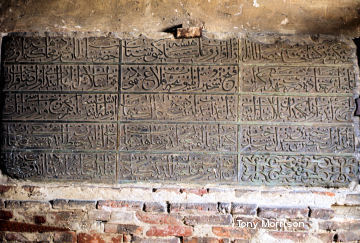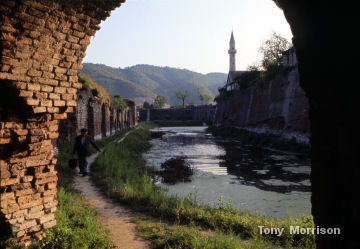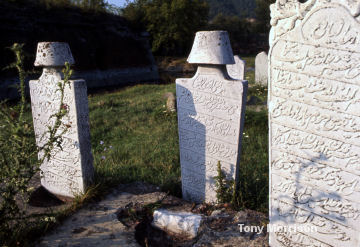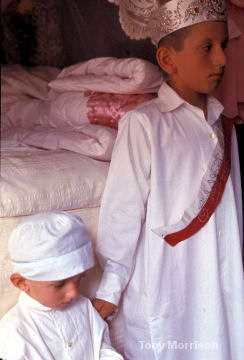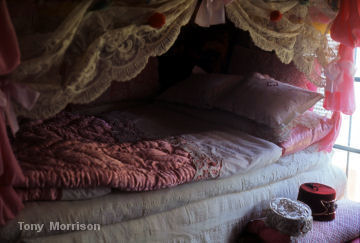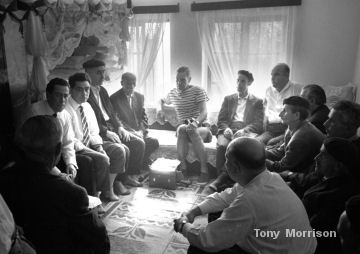| ||||||||||||||||||||||||||||||||||||||||||||||||||||||||||||||||||||||||||||
Ada
Kaleh - the
fortress island | ||||||||||||||||||||||||||||||||||||||||||||||||||||||||||||||||||||||||||||
| Tony Morrison writes In 1966 when I was there with John Marriner, Ada Kaleh was a Romanan island in the Danube river close to Orsova. The other side of the river belonged to Yugoslavia - now it is Serbian and the island has gone along with the original Orsova | ||||||||||||||||||||||||||||||||||||||||||||||||||||||||||||||||||||||||||||
The name is Turkish and simply translated as ' island of the fortress '. It was a place of dreams and a long history. In the early 1970's when the water rose behind the Iron Gate l dam the island was totally submerged. Ada Kaleh has been described poetically by travel writers, more seriously by historians and parts of the fortifications were moved to another island before the inundation. But the fort was not crumbling and flooded as some said and the streets were not narrow and winding.Ada Kaleh was a living town thriving on tourism and reputedly on smuggling. In the 1920's steam paddle boats called frequently and even in 1966 Romanians were there to relax and buy the local specialities of fruit in sugary syrup and delicious Turkish Delight. These pictures tell the story. | ||||||||||||||||||||||||||||||||||||||||||||||||||||||||||||||||||||||||||||
| ||||||||||||||||||||||||||||||||||||||||||||||||||||||||||||||||||||||||||||
| ||||||||||||||||||||||||||||||||||||||||||||||||||||||||||||||||||||||||||||
